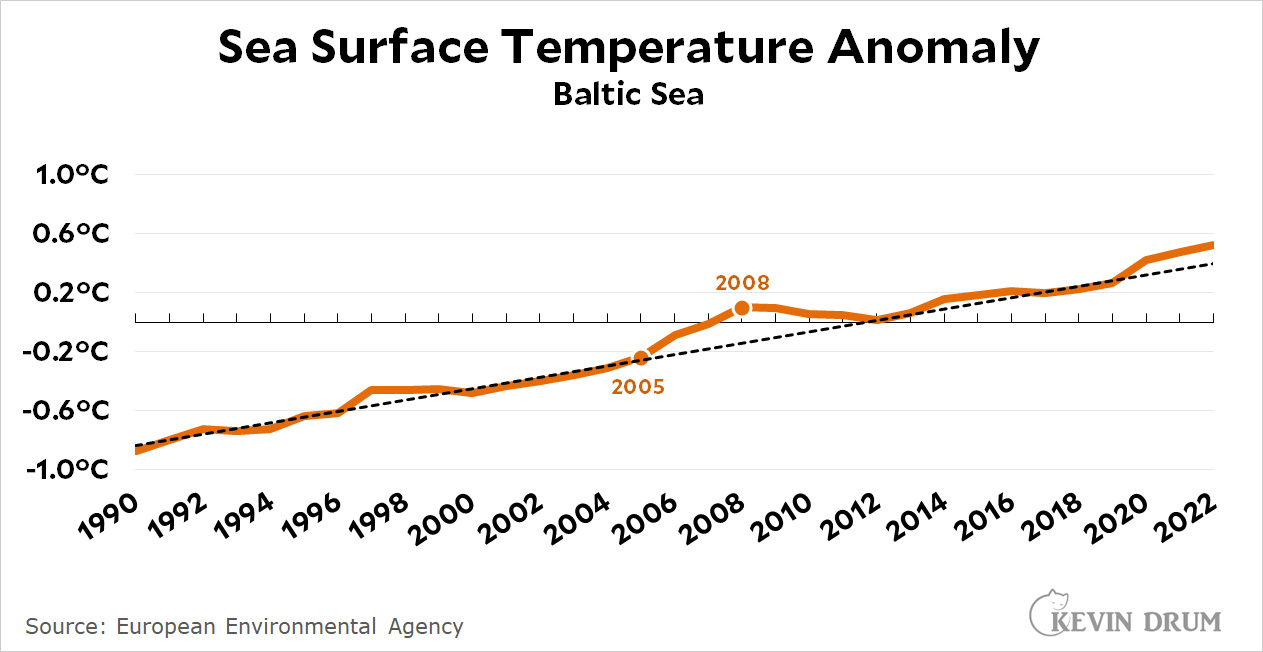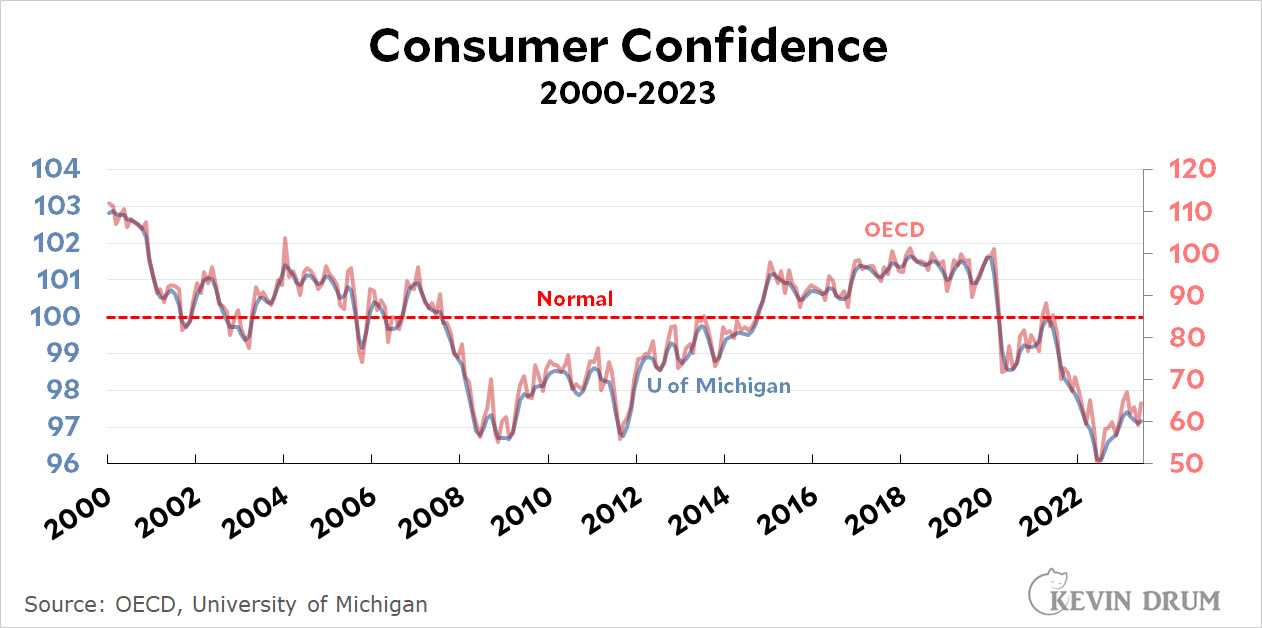The Guardian's front page is currently promoting a story that says antibiotic resistance is associated with air pollution—in particular, with small particulates called PM2.5, which are produced mostly by fossil fuels in richer countries and by dust and residential coal burning in poorer ones. Unfortunately, when I clicked through to the study this was based on, I found this:
The misuse and overuse of antibiotics are the main drivers of antibiotic resistance...
This is perfectly reasonable. It's surely the modern, industrial-scale use of broad-spectrum antibiotics that are both the first and main cause of increasing antibiotic resistance. But later on there was this:
We found that the magnitude of the contribution of PM2·5 to aggregate antibiotic resistance is greater than that of antibiotic use...
Now they're saying that air pollution is the primary cause of antibiotic resistance. So which is it?
Data in the study strongly supports the PM2.5 hypothesis. In fact, they report that PM2.5 contributes 10.9% of variation in antibiotic resistance, compared to only 2.4% for antibiotic use.
That's four times as much, which makes this whole result seems unlikely—especially since the study doesn't even hint at an underlying mechanism for the hypothesized PM2.5 dynamic. I'd take this one with a grain of salt for now.










